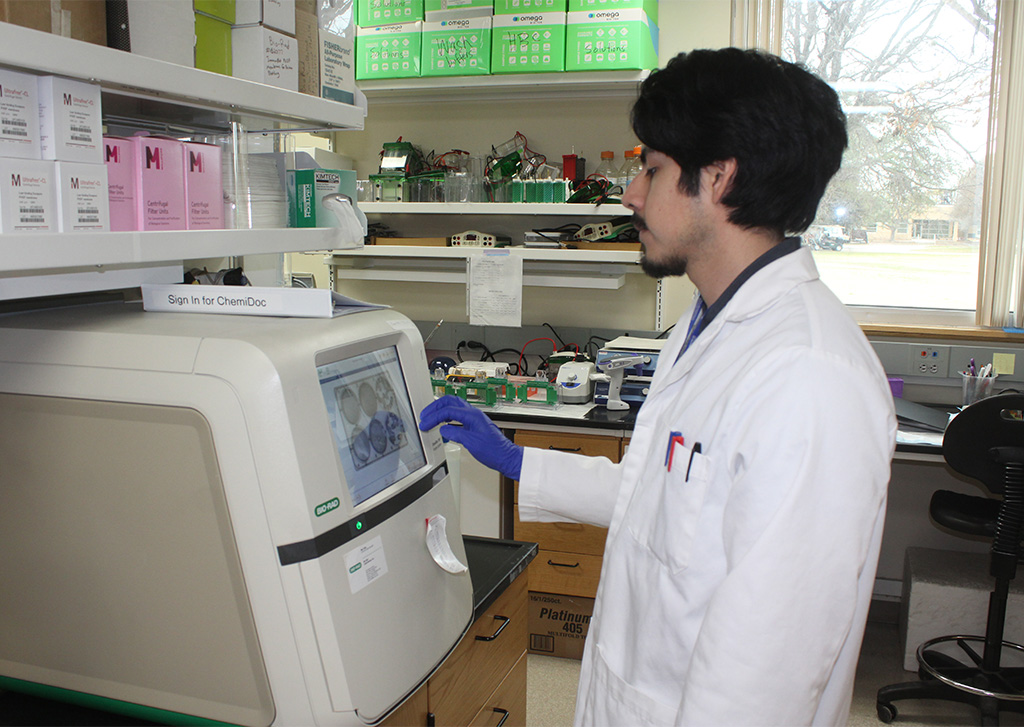UNLABELLED: Influenza A and B viruses cocirculate in humans and together cause disease and seasonal epidemics. These two types of influenza viruses are evolutionarily divergent, and exchange of genetic segments inside coinfected cells occurs frequently within types but never between influenza A and B viruses. Possible mechanisms inhibiting the intertypic reassortment of genetic segments could be due to incompatible protein functions of segment homologs, a lack of processing of heterotypic segments by influenza virus RNA-dependent RNA polymerase, an inhibitory effect of viral proteins on heterotypic virus function, or an inability to specifically incorporate heterotypic segments into budding virions. Here, we demonstrate that the full-length hemagglutinin (HA) of prototype influenza B viruses can complement the function of multiple influenza A viruses. We show that viral noncoding regions were sufficient to drive gene expression for either type A or B influenza virus with its cognate or heterotypic polymerase. The native influenza B virus HA segment could not be incorporated into influenza A virus virions. However, by adding the influenza A virus packaging signals to full-length influenza B virus glycoproteins, we rescued influenza A viruses that possessed HA, NA, or both HA and NA of influenza B virus. Furthermore, we show that, similar to single-cycle infectious influenza A virus, influenza B virus cannot incorporate heterotypic transgenes due to packaging signal incompatibilities. Altogether, these results demonstrate that the lack of influenza A and B virus reassortants can be attributed at least in part to incompatibilities in the virus-specific packaging signals required for effective segment incorporation into nascent virions.
IMPORTANCE: Reassortment of influenza A or B viruses provides an evolutionary strategy leading to unique genotypes, which can spawn influenza A viruses with pandemic potential. However, the mechanism preventing intertypic reassortment or gene exchange between influenza A and B viruses is not well understood. Nucleotides comprising the coding termini of each influenza A virus gene segment are required for specific segment incorporation during budding. Whether influenza B virus shares a similar selective packaging strategy or if packaging signals prevent intertypic reassortment remains unknown. Here, we provide evidence suggesting a similar mechanism of influenza B virus genome packaging. Furthermore, by appending influenza A virus packaging signals onto influenza B virus segments, we rescued recombinant influenza A/B viruses that could reassort in vitro with another influenza A virus. These findings suggest that the divergent evolution of packaging signals aids with the speciation of influenza A and B viruses and is in part responsible for the lack of intertypic viral reassortment.

